The Chinese Academy of Social Sciences has announced its six top archaeological discoveries in China in 2017.
They contain information on human activity over more than 40,000 years.
"The most valuable part of archaeology lies in the information of human activity unravelled from the ruins," Chen Xingcan, director of the Institute of Archaeology, said at the announcement on Tuesday.
Ancestors came afar
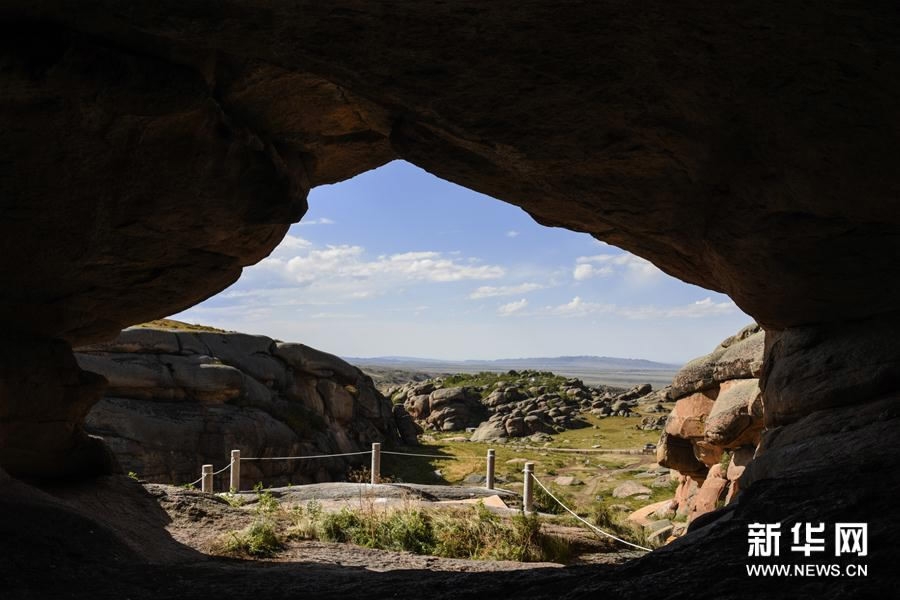
Outside view of the first Paleolithic cave site found in northwest China's Xinjiang Uygur Autonomous Region. /Xinhua Photo
Outside view of the first Paleolithic cave site found in northwest China's Xinjiang Uygur Autonomous Region. /Xinhua Photo
From a cave at the crossroads of China, central Asia and Europe, archaeologists found remains dating back 3,500 to 45,000 years. It is the first Paleolithic cave site found in northwest China's Xinjiang Uygur Autonomous Region.
The processing method for an oval stone scraper with a sharp edge found in the cave was similar to that for artifacts from cultures in the western part of the Eurasia continent.
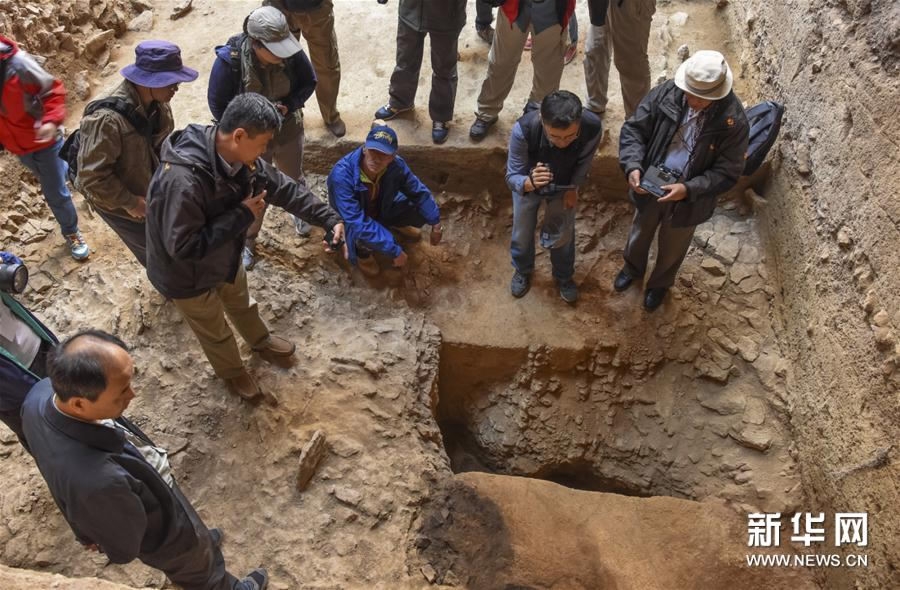
Archaeologists discuss the unearthing of the first Paleolithic cave site found in northwest China's Xinjiang Uygur Autonomous Region. /Xinhua Photo
Archaeologists discuss the unearthing of the first Paleolithic cave site found in northwest China's Xinjiang Uygur Autonomous Region. /Xinhua Photo
This finding could help decode cultural exchanges between both ends of Eurasia and the migration of human ancestors, according to experts.
Hierarchy emerged
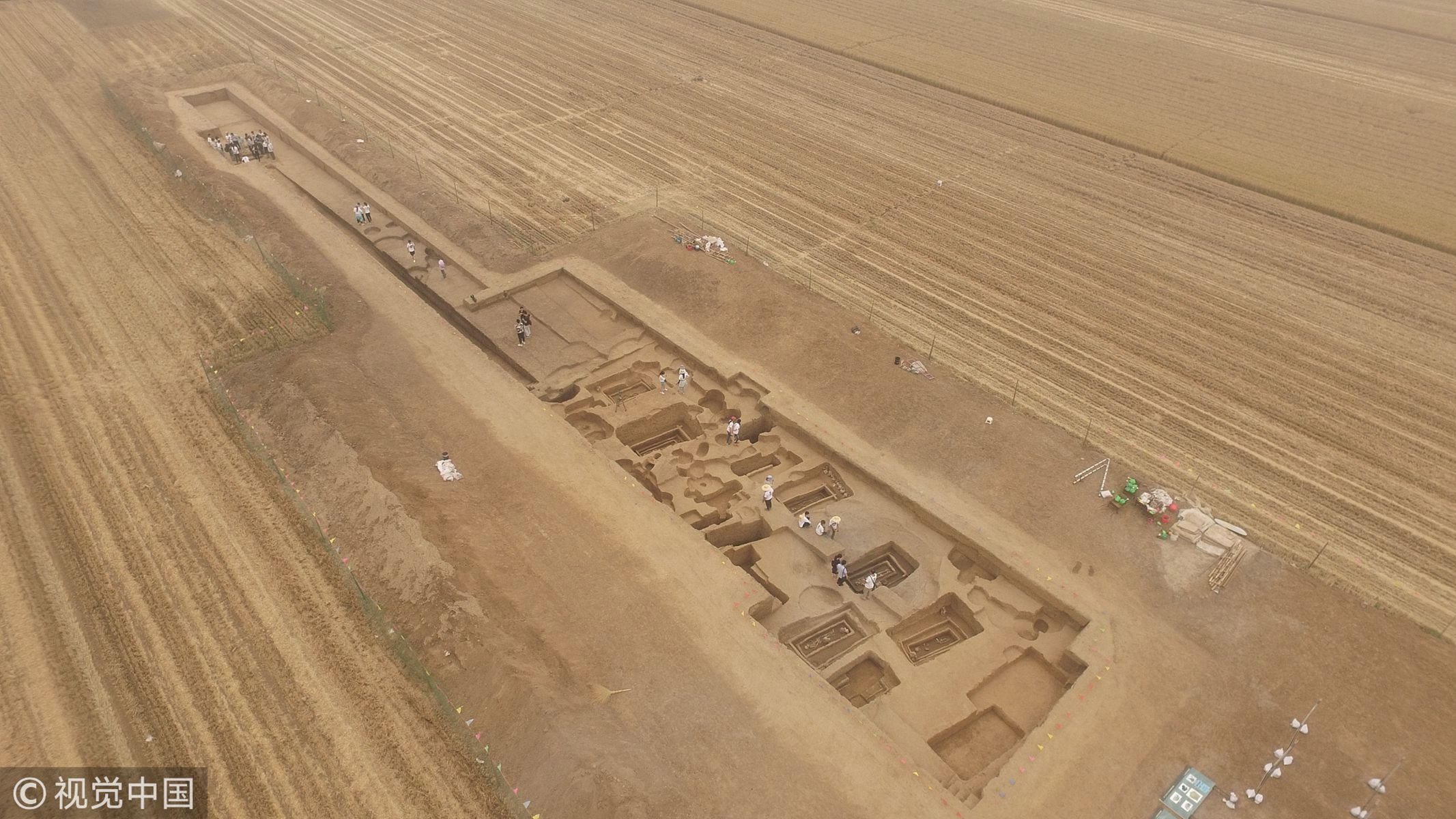
An aerial view of a prehistoric settlement from about 5,000 to 4,600 years ago in today's Shandong Province. /VCG Photo
An aerial view of a prehistoric settlement from about 5,000 to 4,600 years ago in today's Shandong Province. /VCG Photo
Surface structures and half crypt buildings, defensive walls and trenches, and jade artifacts were found in a prehistoric settlement from about 5,000 to 4,600 years ago in today's Shandong Province, eastern China.
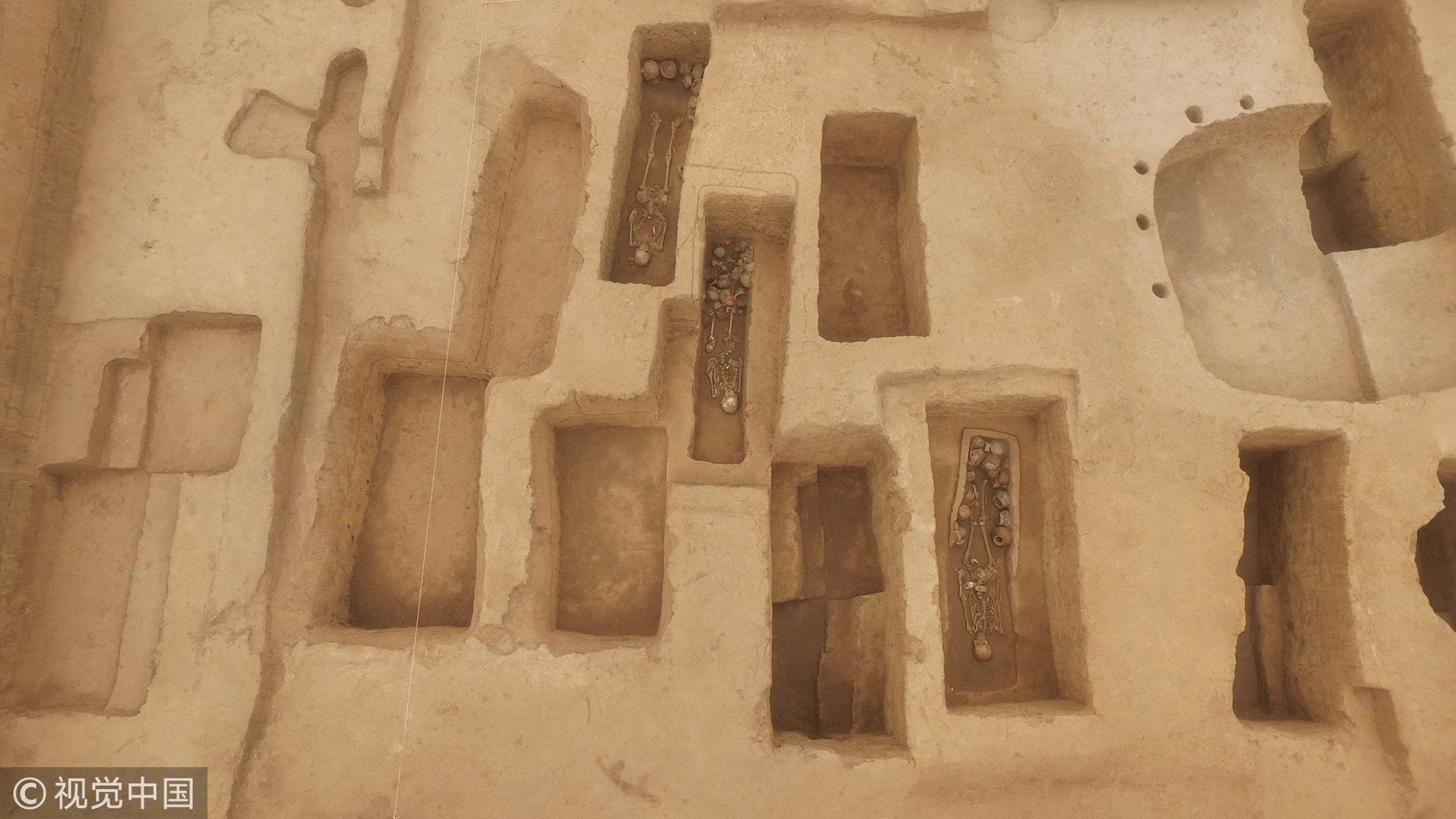
Tombs ruins of a prehistoric settlement from about 5,000 to 4,600 years ago in today's Shandong Province. /VCG Photo
Tombs ruins of a prehistoric settlement from about 5,000 to 4,600 years ago in today's Shandong Province. /VCG Photo
Archaeologists found pottery and jade vessels in the tombs' ruins, which were used in sacrifice ceremonies and banquets by the ruling class to distinguish themselves from the common people, according to the archaeologists.
The Neolithic relics showed the accelerating polarization of the rich and the poor, and the yawning gap among people of different social status.
Rice discovered

Carbonized rice found in a middle and late Neolithic relics dating back 5,800 to 4,300 years in today's southeast China's Fujian Province. /Photo via smggwh.gov.cn
Carbonized rice found in a middle and late Neolithic relics dating back 5,800 to 4,300 years in today's southeast China's Fujian Province. /Photo via smggwh.gov.cn
Archaeologists found carbonized rice and millet in a middle and late Neolithic relics dating back 5,800 to 4,300 years in today's southeast China's Fujian Province.
Abundant grain remains overturned the current idea that prehistoric humans relied on hunting instead of farming, and five graves found in the ruins could help discover what the people at the time did for employment.
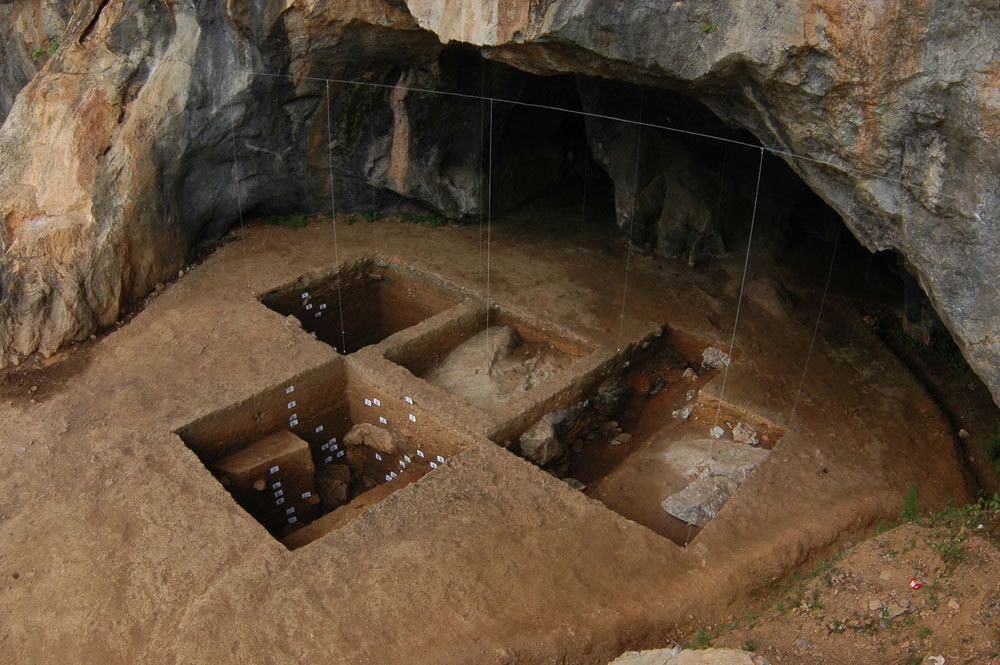
The remains of a middle and late Neolithic relics found in today's southeast China's Fujian Province. /Photo via smggwh.gov.cn
The remains of a middle and late Neolithic relics found in today's southeast China's Fujian Province. /Photo via smggwh.gov.cn
The relics also filled in archaeological gaps in the northwestern part of Fujian between the middle and late Neolithic era and early dynasties including the Shang (1300 BC-1046 BC) and Zhou (1046 BC-771 BC).
Bronze found
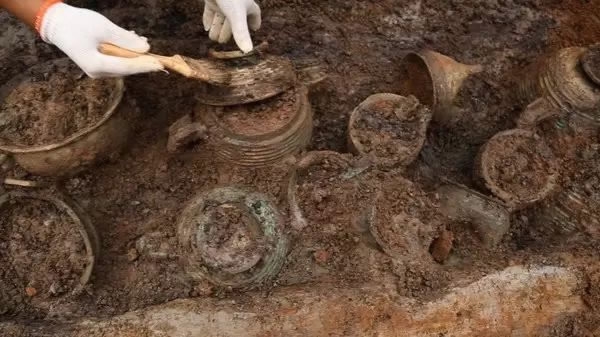
Bronze vessels unearthed in Jingshan County in central China's Hubei Province. /Photo via sohu.com
Bronze vessels unearthed in Jingshan County in central China's Hubei Province. /Photo via sohu.com
Over half a century ago, nearly 100 pieces of bronze vessels were unearthed in Jingshan County in central China's Hubei Province, leading to the discovery of an unrecorded ancient state – Zeng State, dating back about 2,700 years.
As more relics were uncovered, the mystery of the state gradually came to light. Last year, a bronze pot was discovered, proving that metal used to be transported from the south to the capital of the Zhou dynasty in the north.
Archeologists believe that the large scale of bronze relics found in the remains indicates the Zeng State was most probably in charge of the smelting, production and transportation of bronze utensils of the Zhou Dynasty.
Ethnic culture revealed
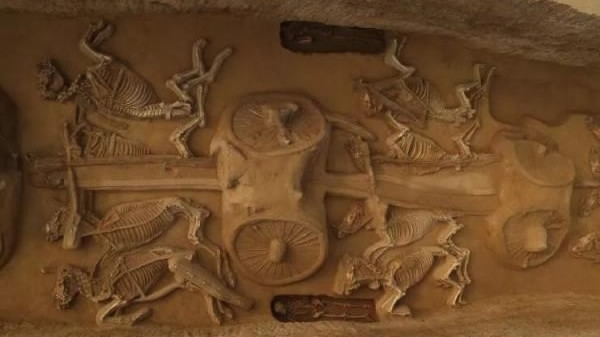
A wagon team found from a horse and chariot pit in Xingtang County, north China's Hebei Province. /Photo via huanqiu.com
A wagon team found from a horse and chariot pit in Xingtang County, north China's Hebei Province. /Photo via huanqiu.com
A wagon team consisting of five chariots and 16 horses was excavated last year from a horse and chariot pit in Xingtang County, Hebei Province, revealing the story of the Rong and Di, two major ethnic groups that emerged on what is now Chinese territory.
Beside the pit, the relics that dated back from the late Spring and Autumn period (770 BC-476 BC) to the mid-Warring States period (475 BC-221 BC) included caves where the heads and hooves of a large number of cattle, sheep and horses were buried in different layers.
Bronze utensils and pottery that originated from the central plains where the Huaxia ethnic group stemmed from were also found in the ruins, indicating the integration of the Huaxia culture with the culture of the Rong and Di.
Temple for worship confirmed

The ruins of the town of Baoma, on a hill in Antu County in northeast China's Jilin Province. /Photo via huanqiu.com
The ruins of the town of Baoma, on a hill in Antu County in northeast China's Jilin Province. /Photo via huanqiu.com
The ruins of the town of Baoma, on a hill in Antu County in northeast China's Jilin Province, were shown by a jade book discovered therein to be the site of a temple used by the royal family of the Jin Dynasty (1115-1234) for worship at Mount Changbai, according to archeologists.
The ruins of Baoma Town are among the best-preserved and the most important architectural remains of the Jin Dynasty.
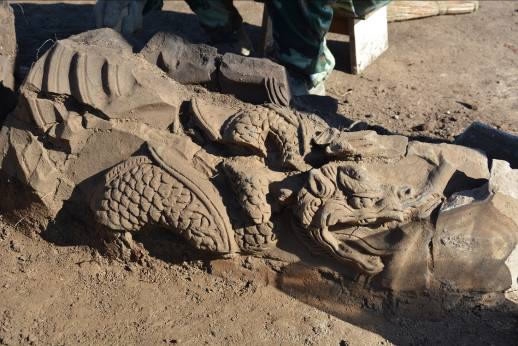
The ruins of the town of Baoma, on a hill in Antu County in northeast China's Jilin Province. /Photo via huanqiu.com
The ruins of the town of Baoma, on a hill in Antu County in northeast China's Jilin Province. /Photo via huanqiu.com
Source(s): Xinhua News Agency












